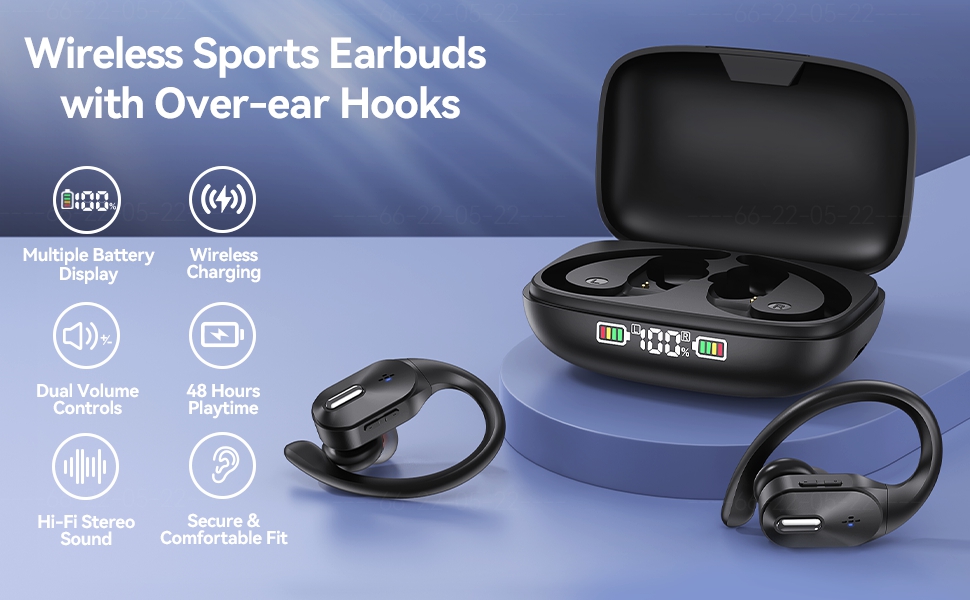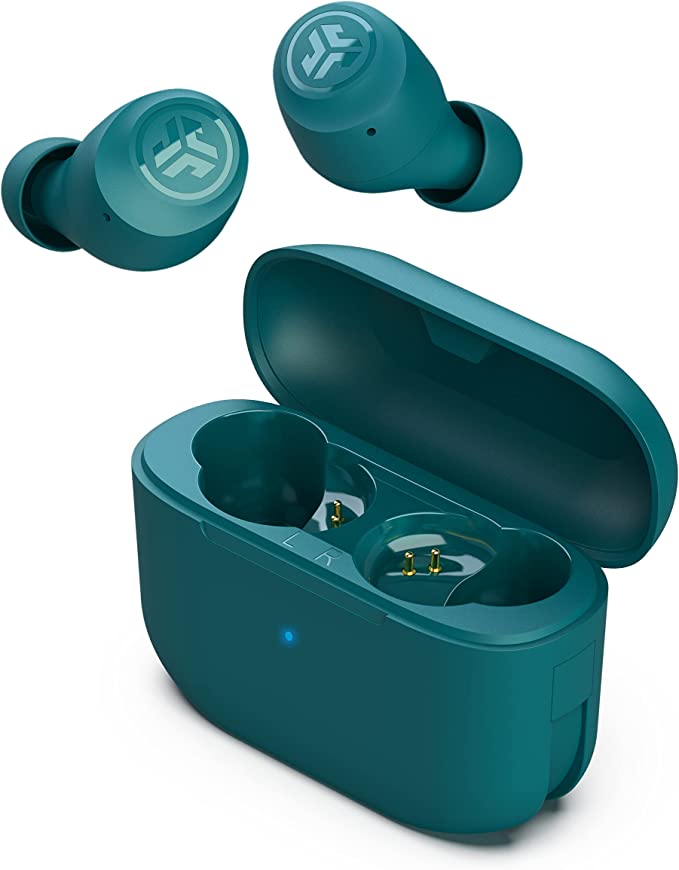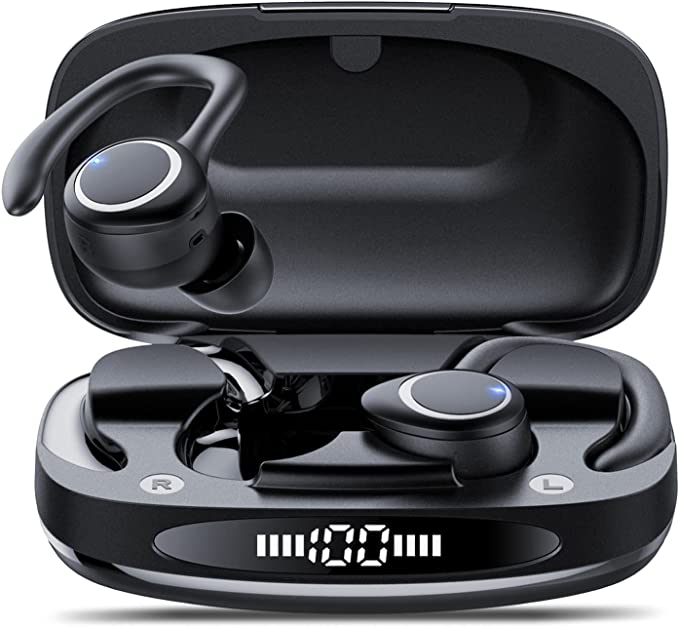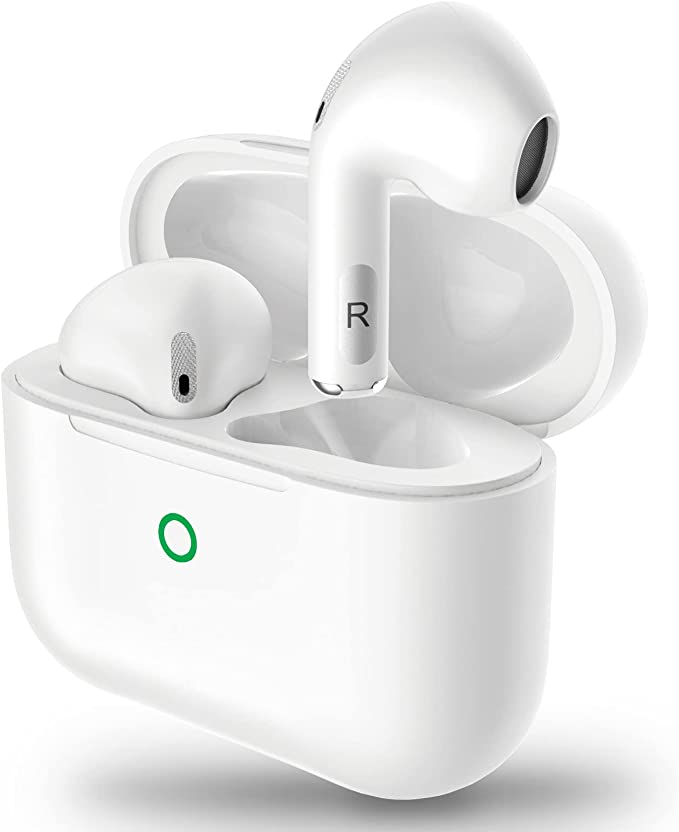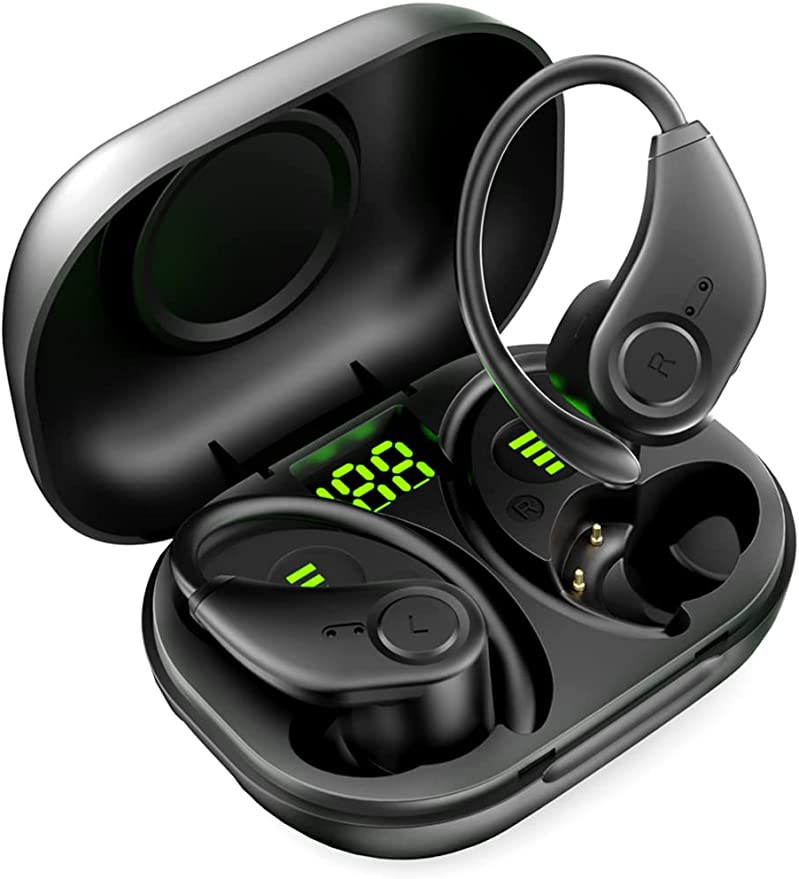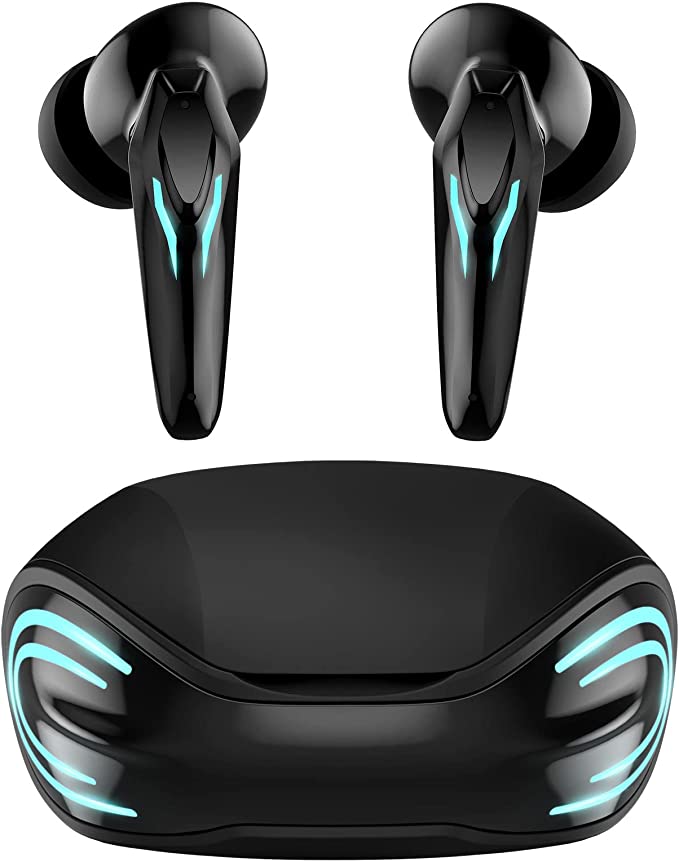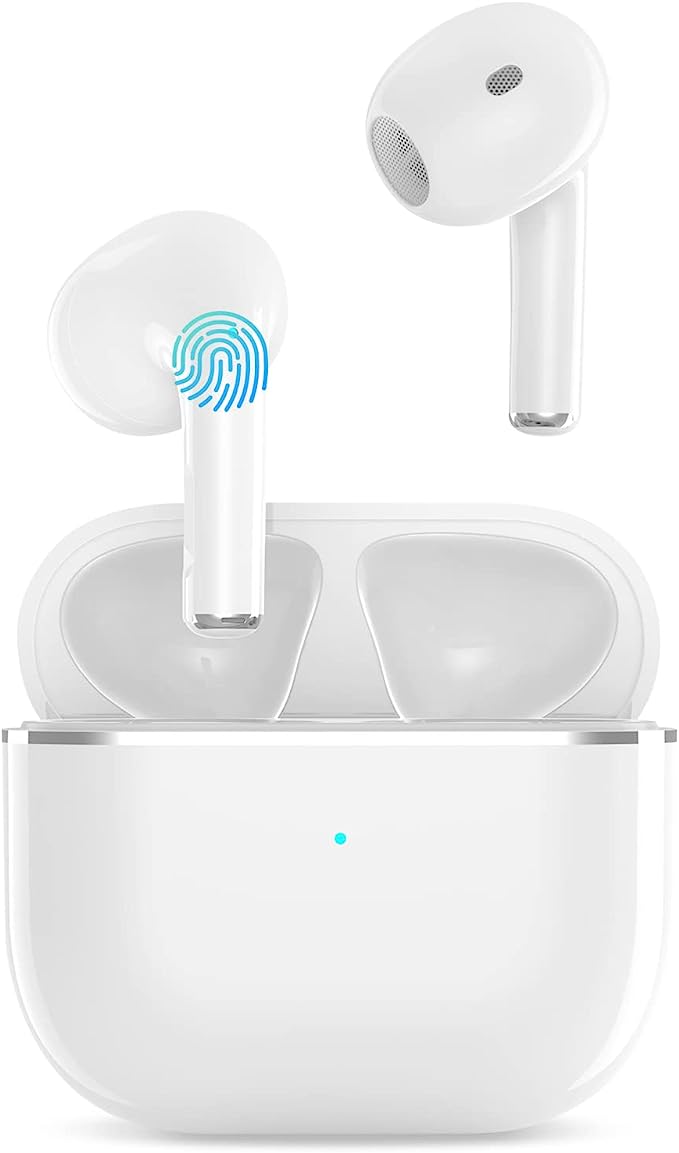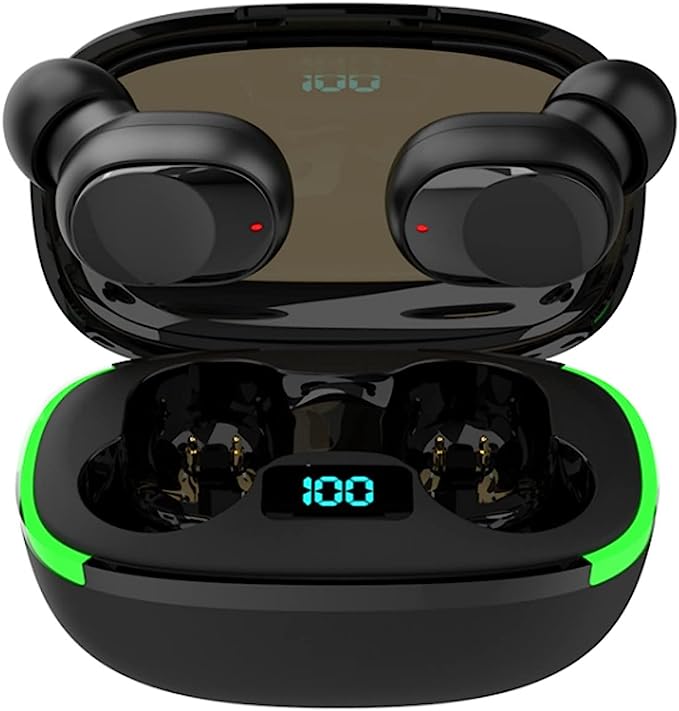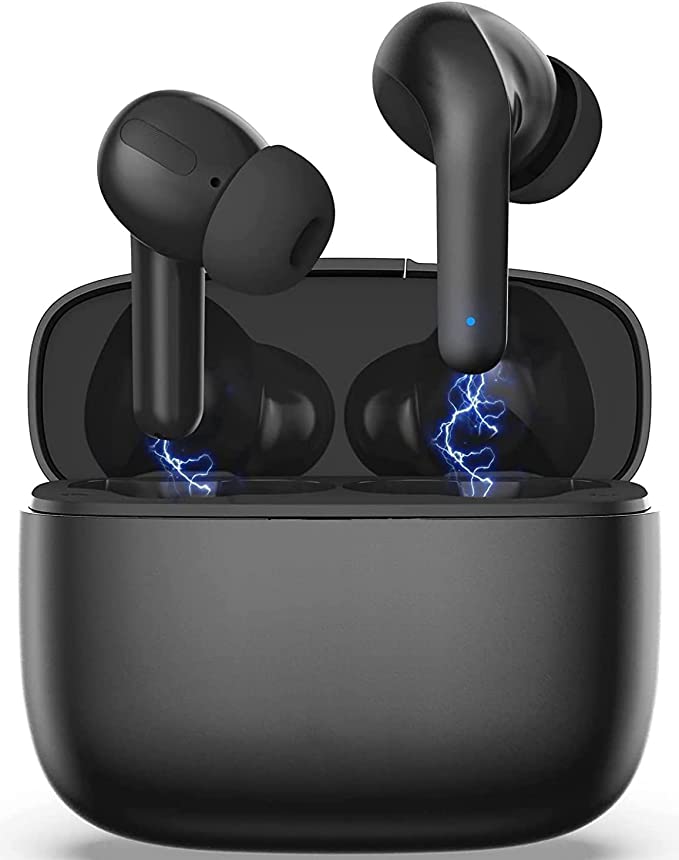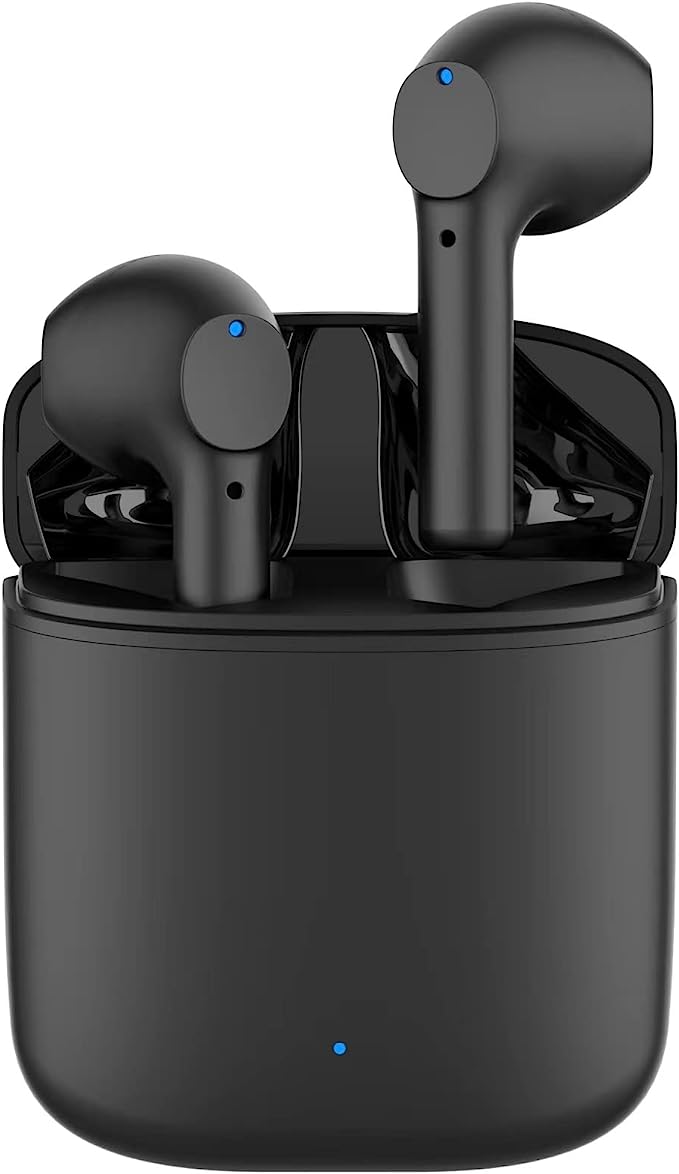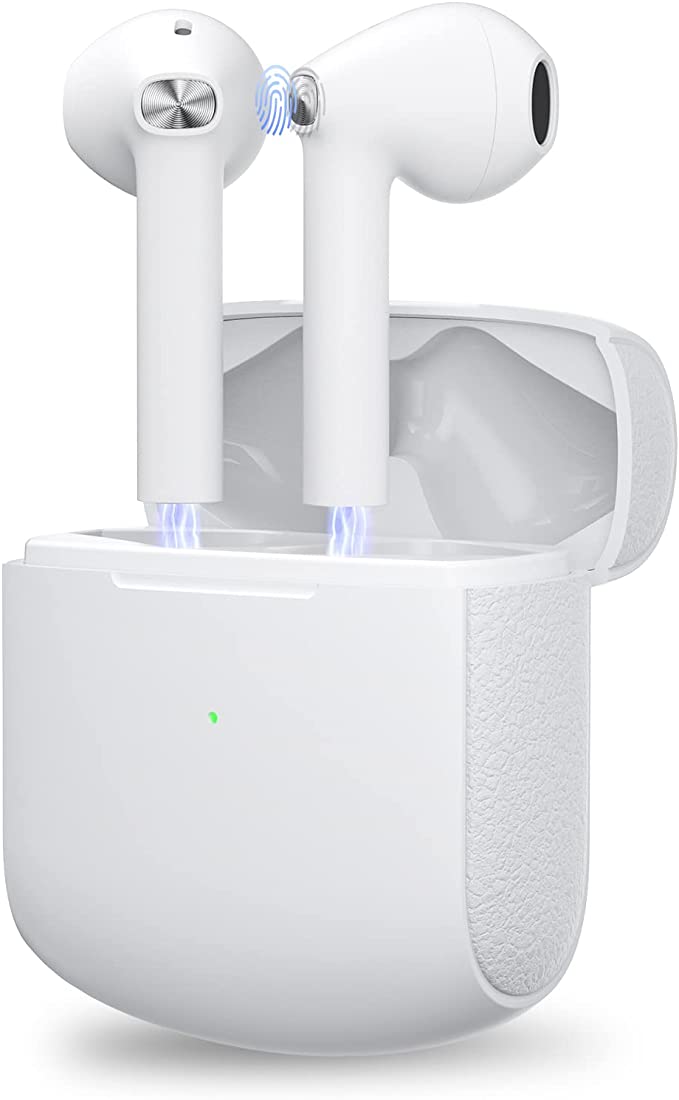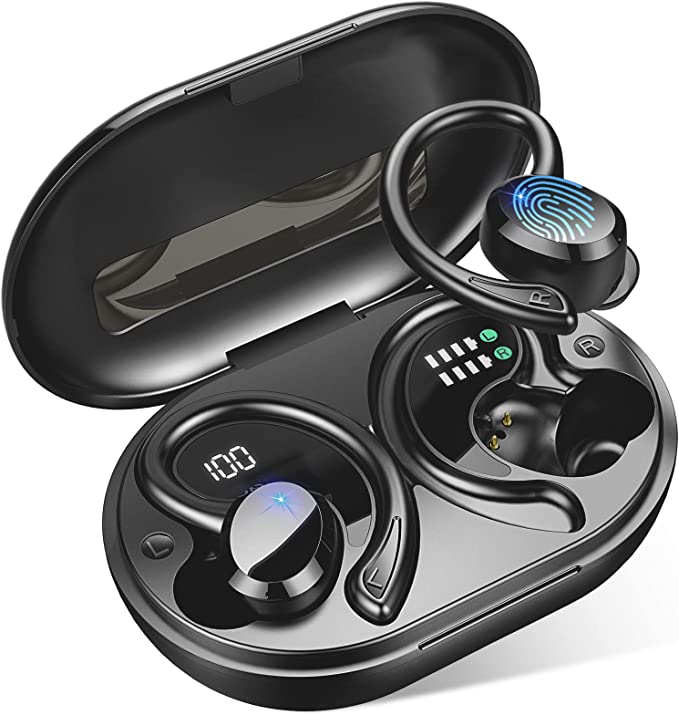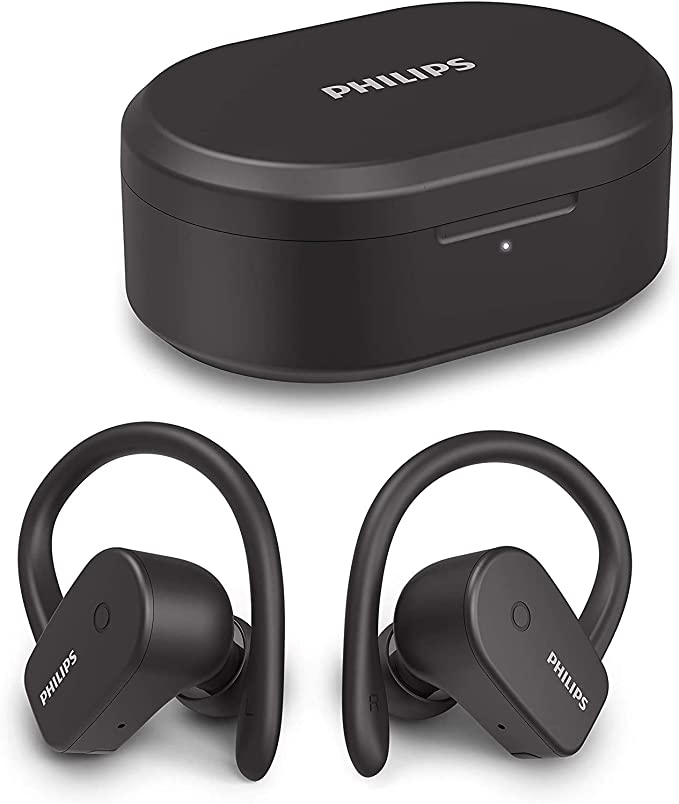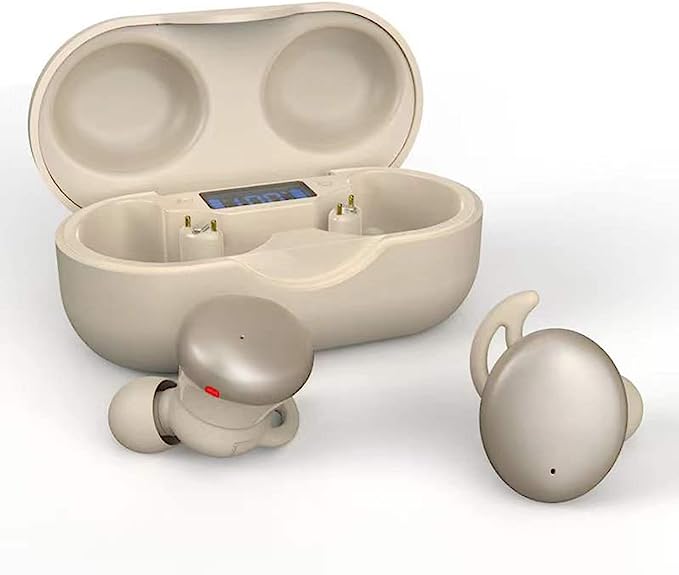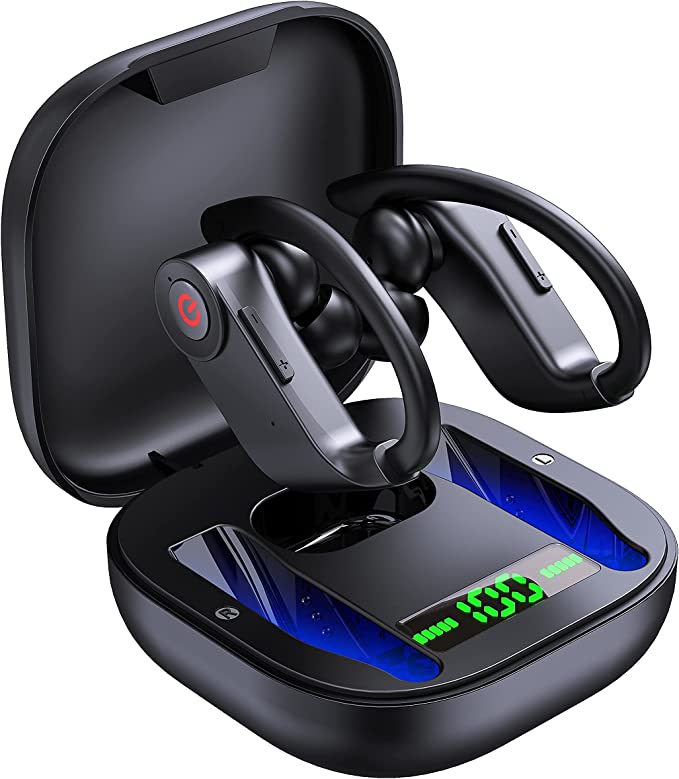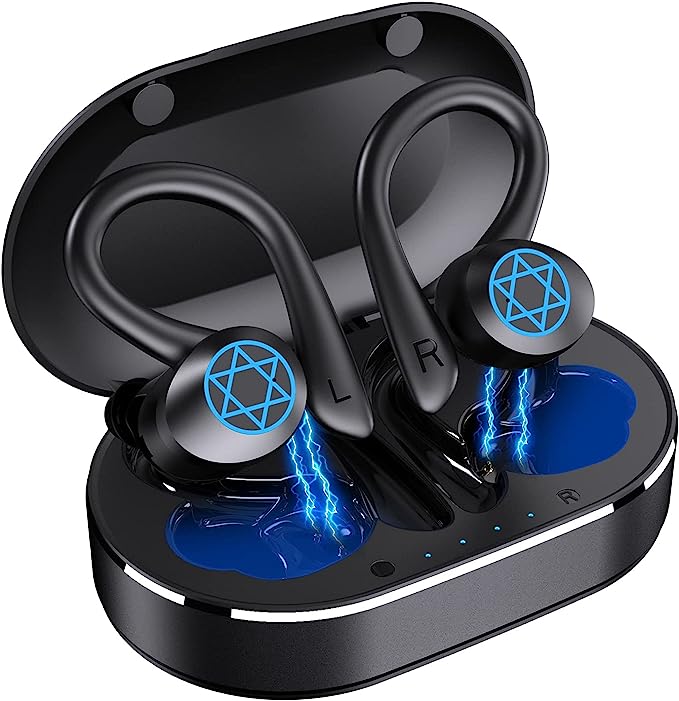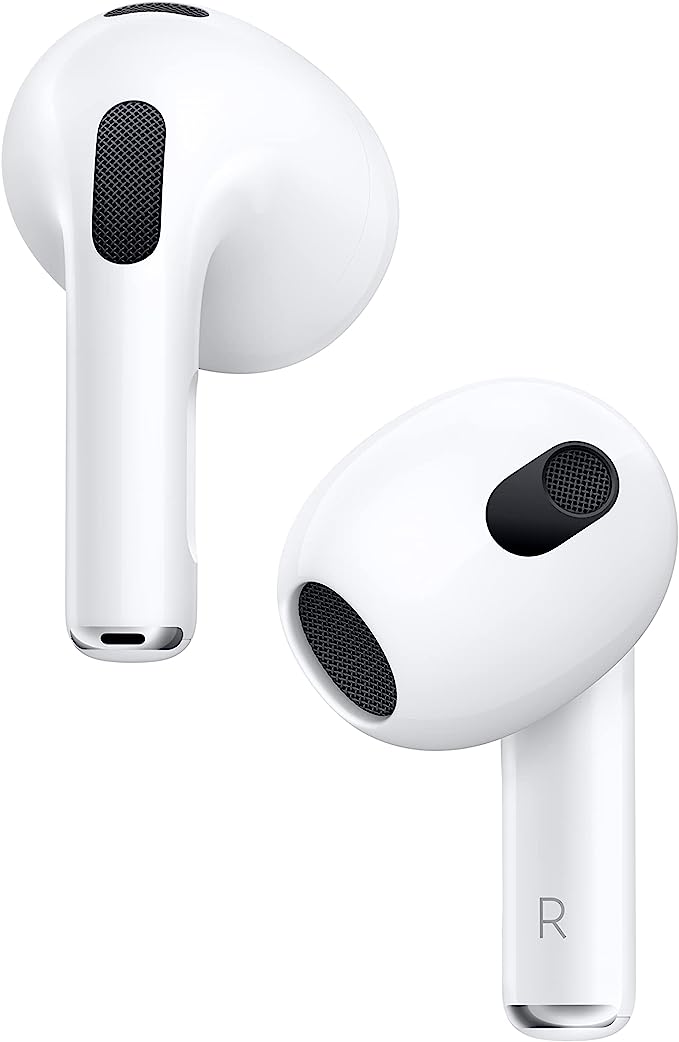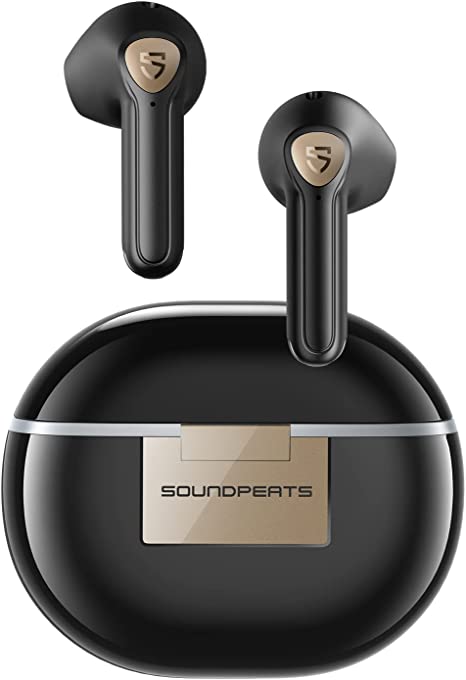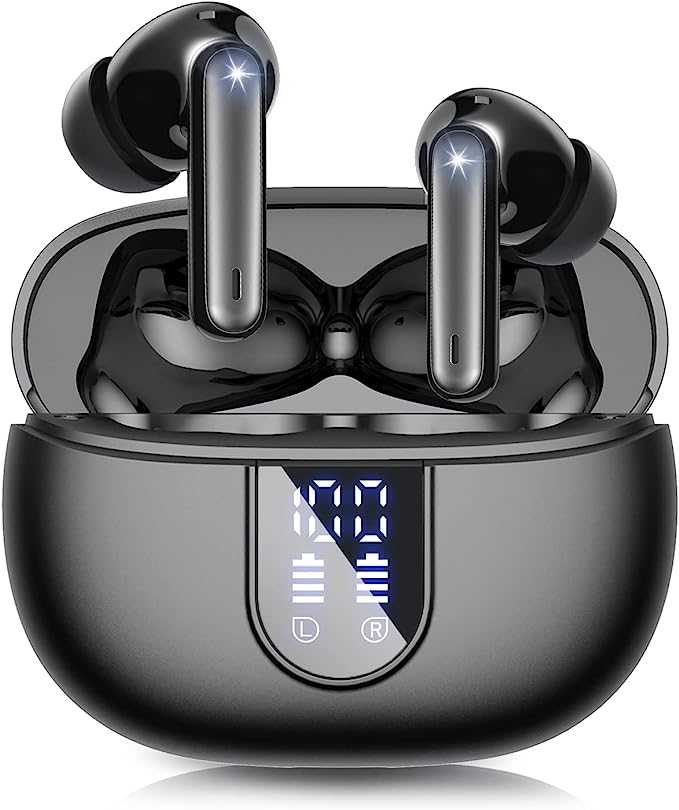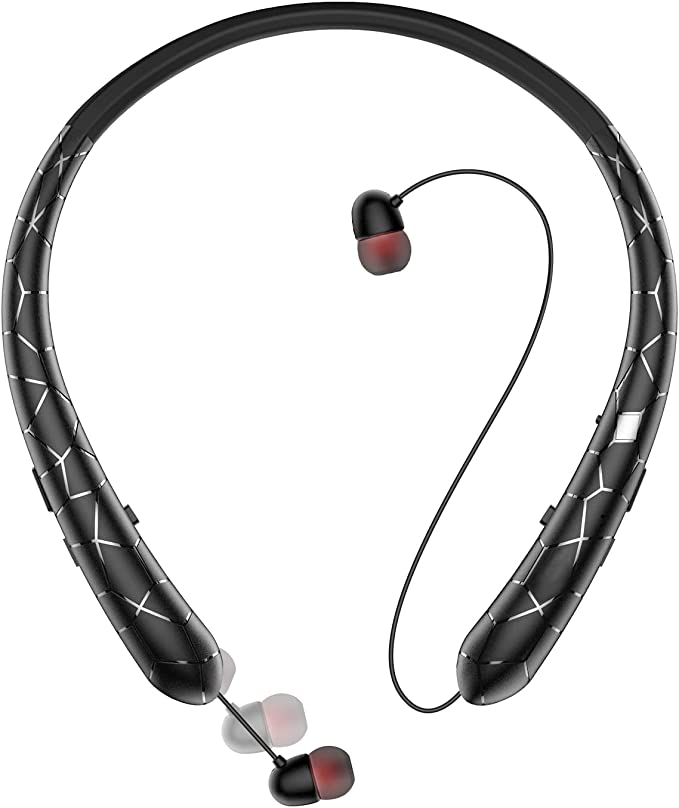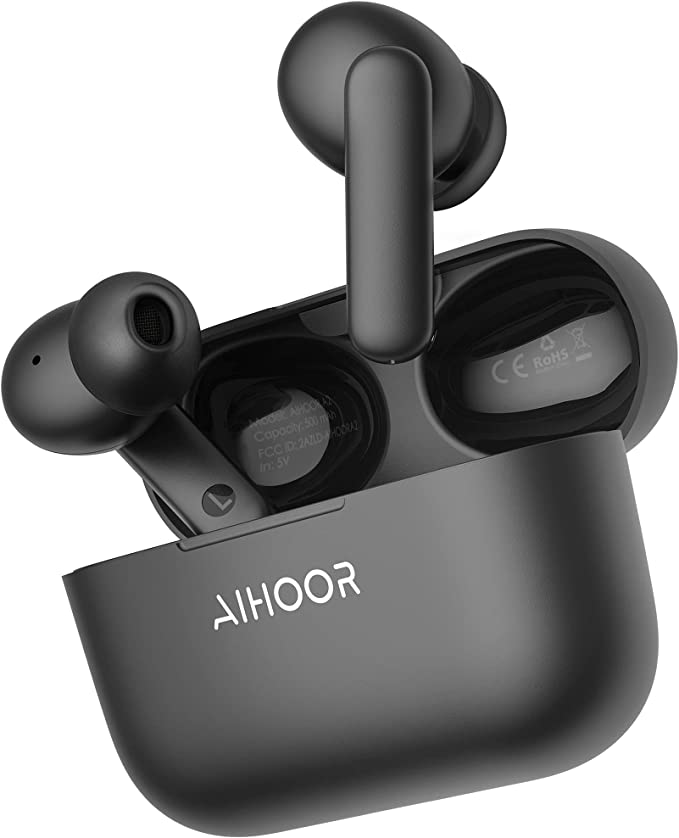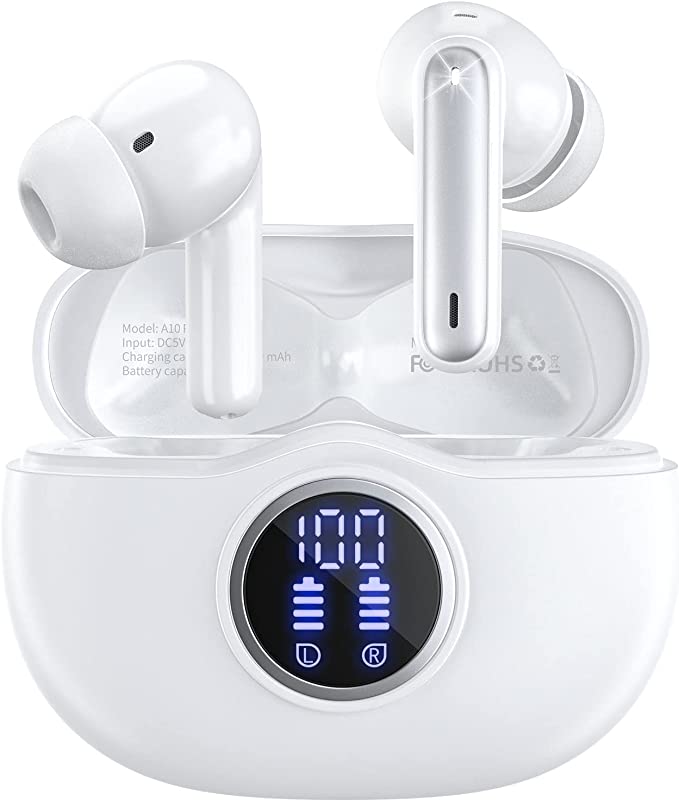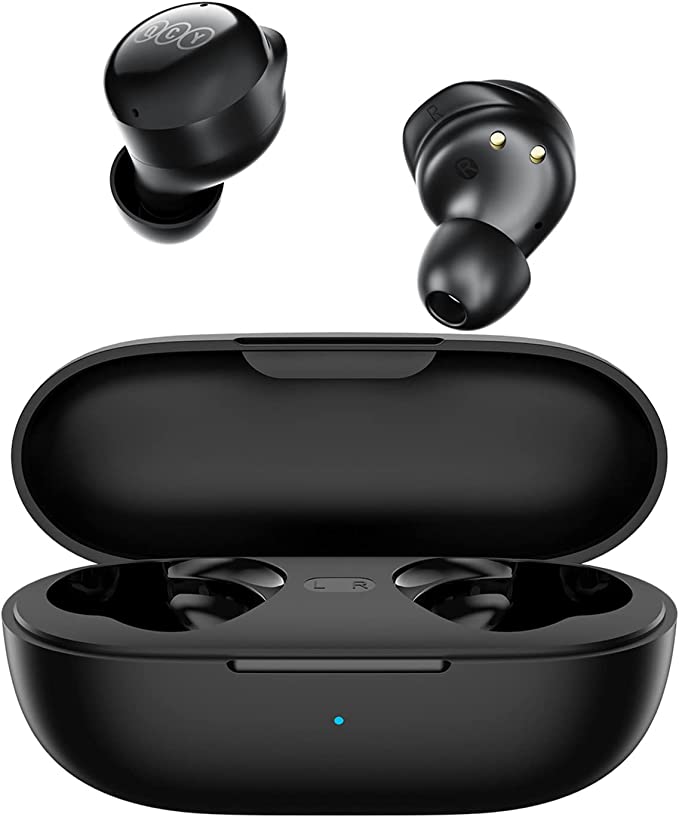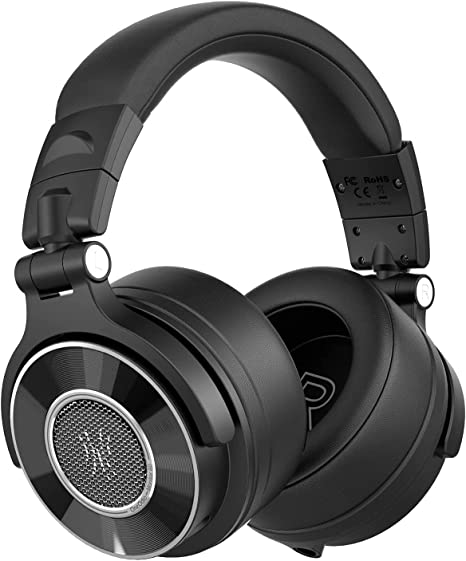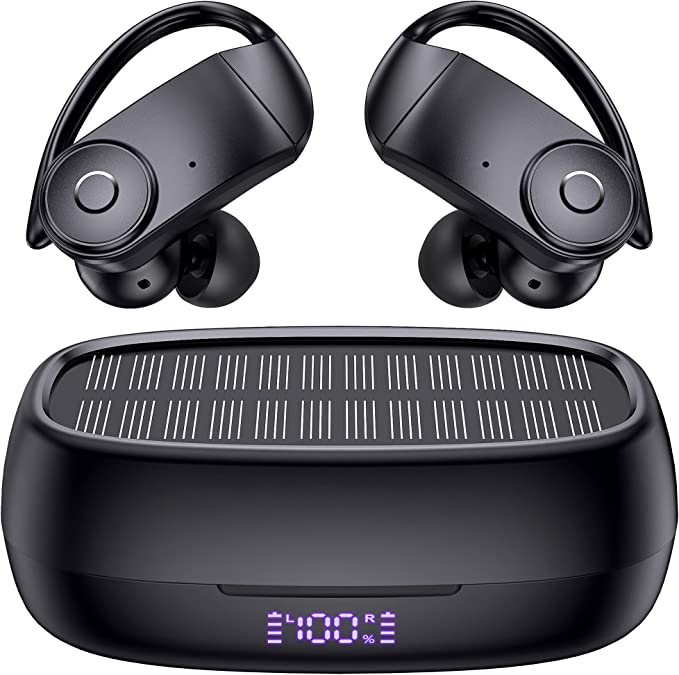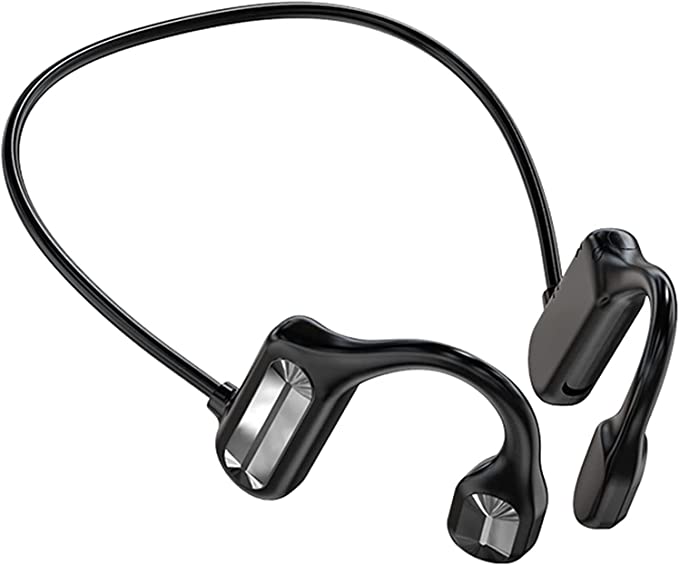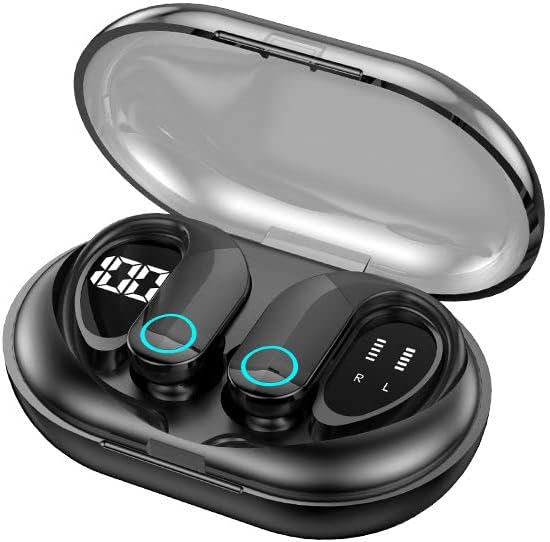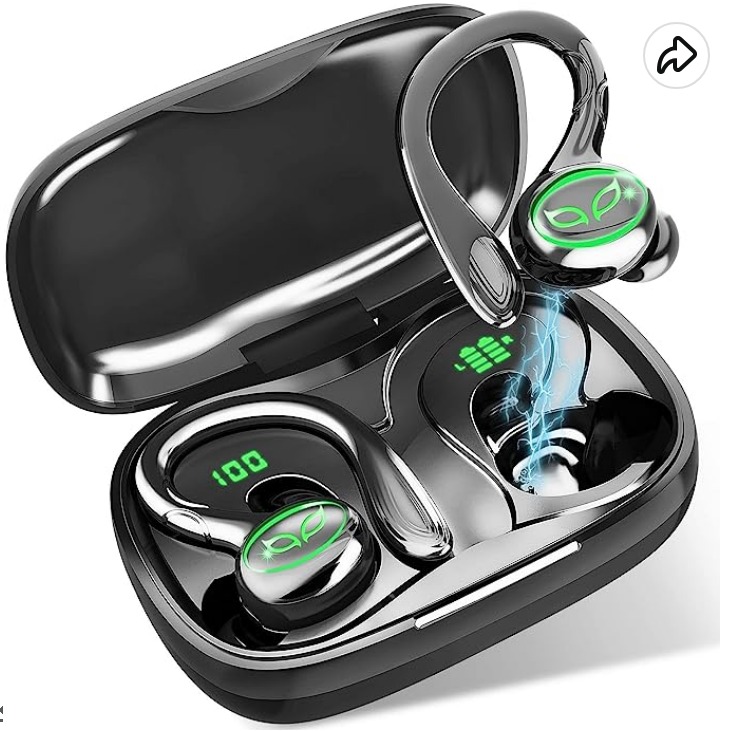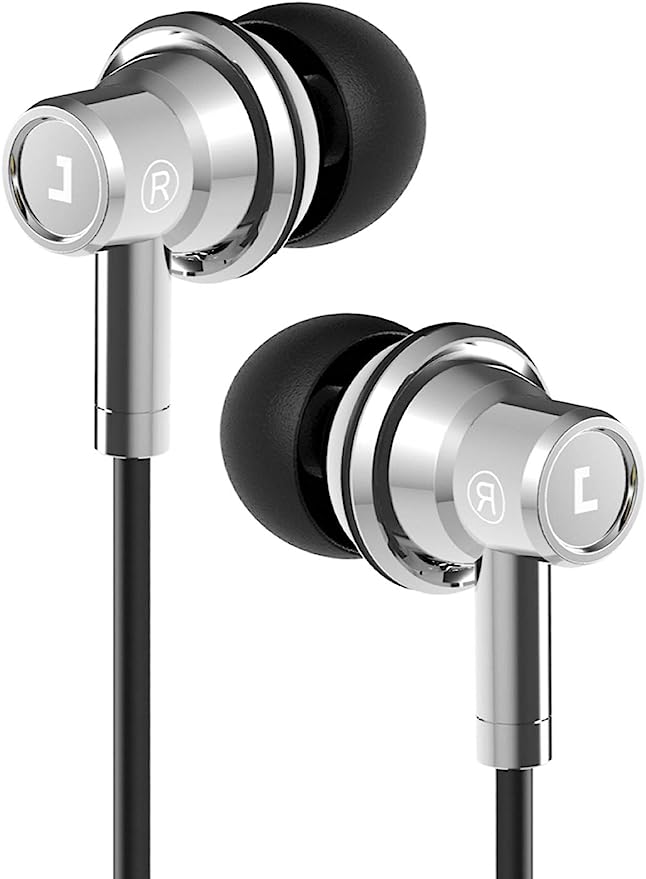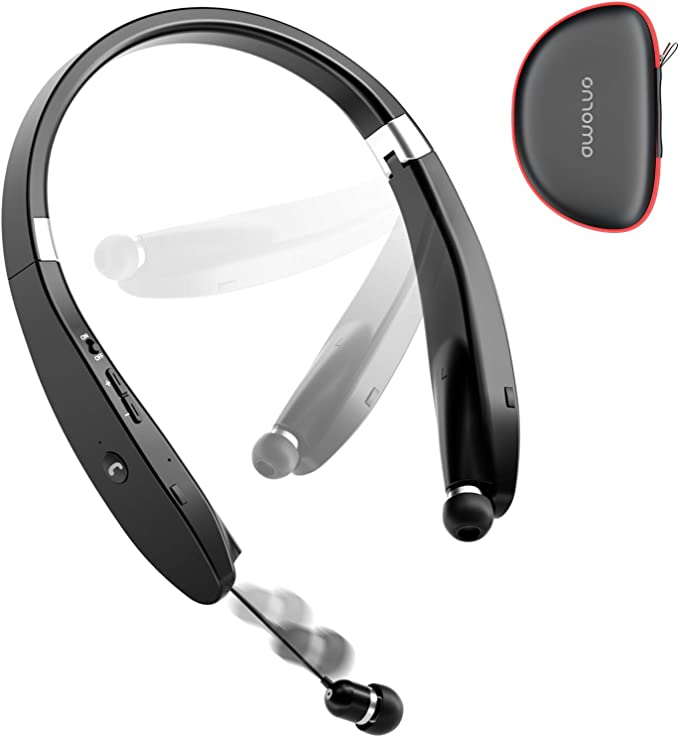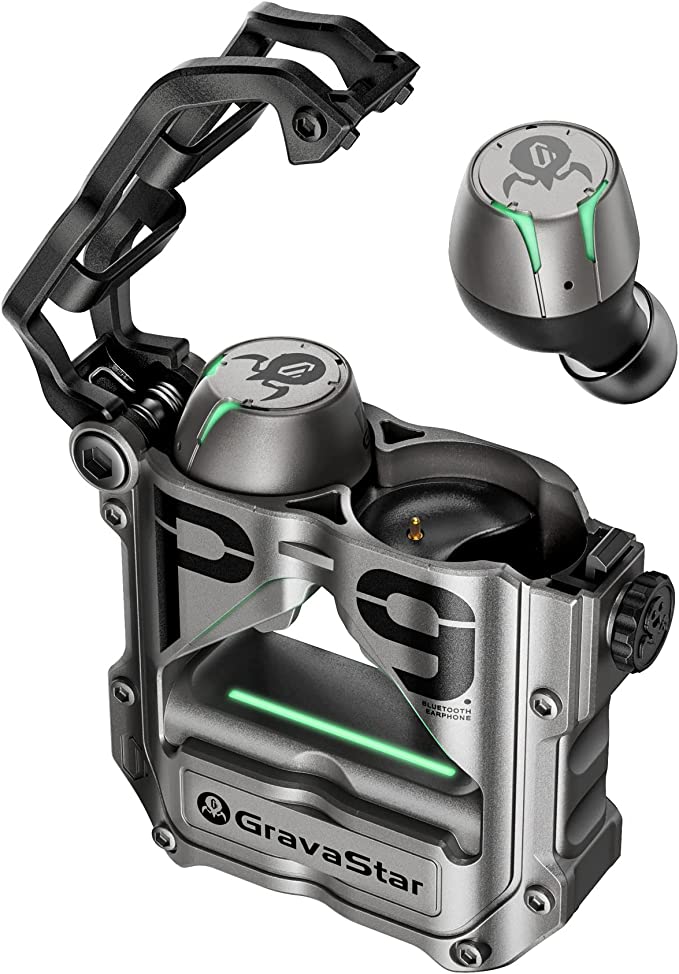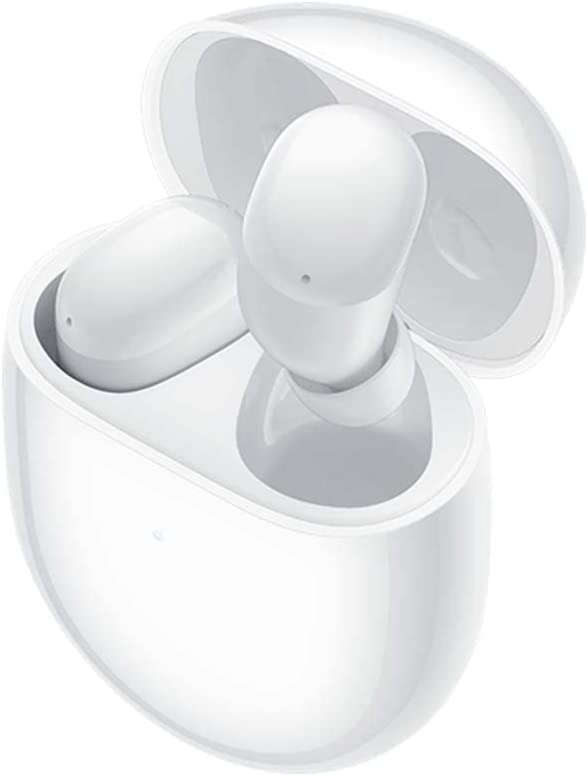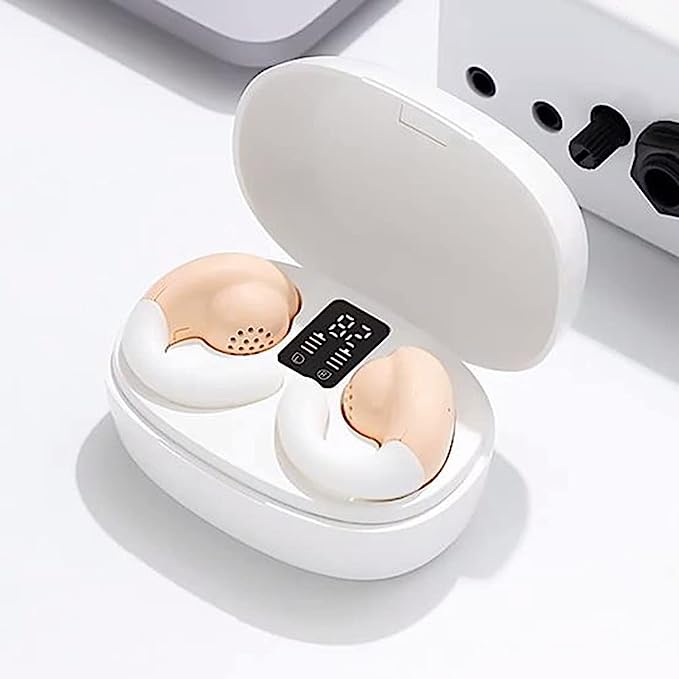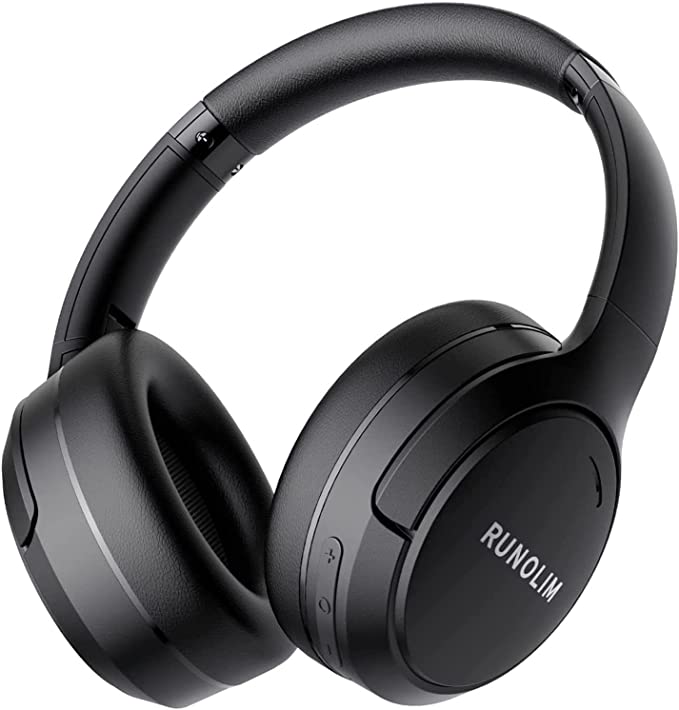Why Does One Earbud Stop Working? A Guide to TWS Durability
Update on Nov. 15, 2025, 6:26 a.m.
It’s a familiar moment of frustration for many wireless earbud users: you pop in your earbuds, and only one side connects. Or perhaps the left earbud, which always seemed to die first, now refuses to charge at all. This “only one earbud working” issue has become one of the most common failure points for True Wireless Stereo (TWS) devices, leaving users wondering if their tech is designed to fail.
The truth is, the compact, convenient design of TWS earbuds creates unique engineering challenges, especially concerning battery longevity and connection stability. Understanding these challenges is the key to choosing a pair that lasts.
The Two Core Culprits of TWS Failure
When an earbud fails, it’s almost always due to one of two reasons: battery degradation or a synchronization fault.
1. The “Master-Slave” Connection Problem
Many early or ultra-budget TWS earbuds used a “master-slave” connection model. In this setup, your phone connects to one earbud (the “master,” often the right side), which then relays the signal to the other earbud (the “slave”).
This design has a critical flaw: the master earbud does significantly more work. It manages two Bluetooth connections (to the phone and to the other bud), consuming its tiny battery much faster. This leads to two issues: * Uneven Battery Drain: The master bud always dies first, interrupting your listening. * Uneven Aging: Because the master bud is used and recharged more intensively, its battery degrades faster. Eventually, it may hold so little charge that it seems “dead” while the slave bud works fine.
2. The Inevitable Battery Degradation
The single greatest limiting factor for any TWS earbud is the lifespan of its miniature lithium-ion batteries. All batteries have a finite number of “charge cycles” (a full drain and recharge) before they begin to chemically degrade and lose their ability to hold a charge.
In an earbud, this battery is minuscule. A typical TWS earbud with 4-5 hours of playtime will be placed in its case and recharged frequently, accumulating cycles rapidly. After 12-18 months of daily use, it’s common for this battery to degrade to the point where it offers only a fraction of its original playtime.

Decoding Specs That Signal Durability
Instead of focusing on marketing claims, a smarter approach is to decode the technical specifications that directly address these two failure points.
The Bluetooth 5.1 Solution
The “master-slave” problem is largely solved by newer Bluetooth technology. Bluetooth 5.1 (and versions 5.0/5.2) enables a more advanced connection method where both earbuds connect independently and directly to the phone.
This means there is no “master” bud. The workload is balanced, resulting in: * Stable Sync: The connection is far more reliable, as there’s no relay to fail. * Even Battery Wear: Both buds drain and age at a similar rate, preventing the “one side dead” scenario. * Seamless Switching: You can use either the left or right earbud independently for calls or music, as each has its own link to the source.
This technology is no longer exclusive to premium brands. Entry-level models, such as the QCY T17, now incorporate Bluetooth 5.1, making this level of connection stability highly accessible.

The Battery Life Equation: Why Single Charge Matters More
When comparing earbud battery life, many focus on the “total time with case” (e.g., “26 hours”). However, the more important number for long-term durability is the single-charge playtime.
- Earbud A: 4 hours + 22 hours in case (Total 26)
- Earbud B: 7.5 hours + 18.5 hours in case (Total 26)
Earbud B, like the T17, is the superior choice for longevity. Why? If your average listening session is 2 hours, you would need to recharge Earbud A almost twice as often as Earbud B. This means Earbud A accumulates charge cycles at nearly double the rate.
A longer single-charge playtime (anything over 6-7 hours is excellent) directly translates to fewer recharges, slower battery degradation, and a much longer usable lifespan for the product. The 400mAh charging case simply acts as a portable power bank, but the health of the buds themselves is paramount.

The Sound Profile: Managing Expectations
Of course, durability isn’t the only factor. At the heart of any earbud is the driver, the component that creates sound. The T17, for example, uses 6mm dynamic drivers. In the audio world, this specification points to a sound signature that is generally tuned for popular music, with an emphasis on powerful bass and clear treble.
It’s important to set realistic expectations. Drivers of this size in a budget-friendly model are engineered for clarity and punchiness in everyday listening, such as for podcasts, pop music, or calls. They are not designed to compete with high-fidelity audiophile equipment, which often costs 10-20 times more and uses different driver technologies (like balanced armatures).

Physical Durability: Surviving Real-World Use
Finally, there’s physical failure. Earbuds are worn during workouts, in light rain, and are frequently dropped.
This is where IP ratings become important. An IPX5 rating, for instance, certifies that the device is protected against jets of water from any direction. This doesn’t mean you can swim with them, but it provides complete confidence that they will survive: * Heavy sweat from a run or gym session. * Being caught in a rain shower. * A quick rinse under a tap (though not recommended).
This nano-coating protection is crucial for active users, preventing moisture from shorting the sensitive internal electronics. Coupled with a lightweight, ergonomic design (a single bud weighing only 4.2g), the focus is on a secure fit that stays in place during movement, reducing the risk of drops.

A Smarter Way to Choose Your Next Earbuds
The TWS market is saturated, but frustrating failures like a single dead earbud are not inevitable. By moving past marketing hype and focusing on the core specifications that signal durability—namely Bluetooth 5.1 or higher for connection balancing and a long single-charge battery life (7+ hours) to reduce charging cycles—you can significantly extend the lifespan of your purchase.
Features like IPX5 water resistance further safeguard the investment, ensuring the device can handle the rigors of daily life. It proves that thoughtful engineering, rather than just a high price tag, is the true indicator of a reliable audio companion.
